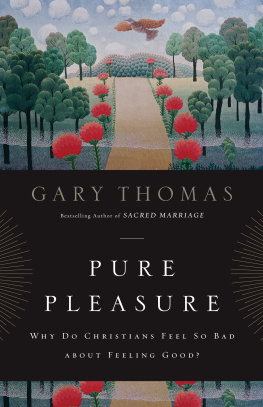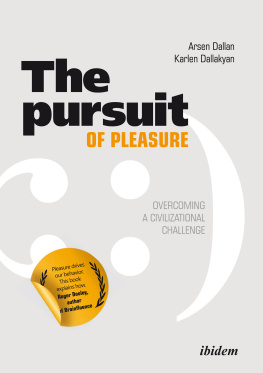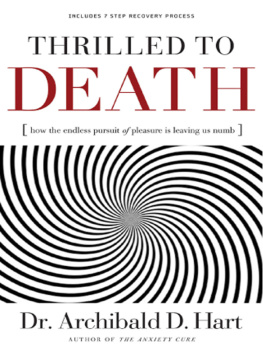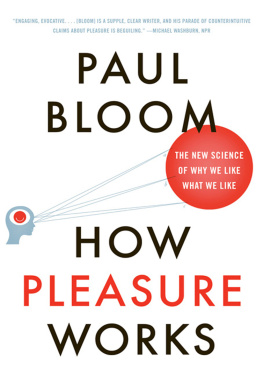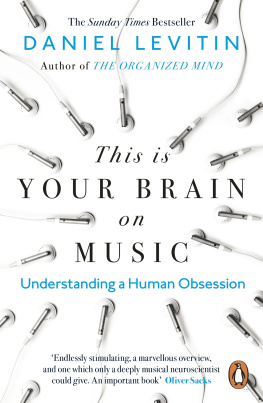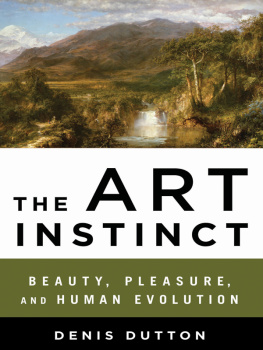Table of Contents

Copyright 2009 by Gene V. Wallenstein. All rights reserved
Published by John Wiley & Sons, Inc., Hoboken, New Jersey
Published simultaneously in Canada
No part of this publication may be reproduced, stored in a retrieval system, or transmitted in any form or by any means, electronic, mechanical, photocopying, recording, scanning, or otherwise, except as permitted under Section 107 or 108 of the 1976 United States Copyright Act, without either the prior written permission of the Publisher, or authorization through payment of the appropriate per-copy fee to the Copyright Clearance Center, 222 Rosewood Drive, Danvers, MA 01923, (978) 750-8400, fax (978) 646-8600, or on the web at www.copyright.com . Requests to the Publisher for permission should be addressed to the Permissions Department, John Wiley & Sons, Inc., 111 River Street, Hoboken, NJ 07030, (201) 748-6011, fax (201) 748-6008, or online at http://www.wiley.com/go/permissions .
Limit of Liability/Disclaimer of Warranty: While the publisher and the author have used their best efforts in preparing this book, they make no representations or warranties with respect to the accuracy or completeness of the contents of this book and specifically disclaim any implied warranties of merchantability or fitness for a particular purpose. No warranty may be created or extended by sales representatives or written sales materials.The advice and strategies contained herein may not be suitable for your situation.You should consult with a professional where appropriate. Neither the publisher nor the author shall be liable for any loss of profit or any other commercial damages, including but not limited to special, incidental, consequential, or other damages.
For general information about our other products and services, please contact our Customer Care Department within the United States at (800) 762-2974, outside the United States at (317) 572-3993 or fax (317) 572-4002.
Wiley also publishes its books in a variety of electronic formats. Some content that appears in print may not be available in electronic books. For more information about Wiley products, visit our web site at www.wiley.com .
Library of Congress Cataloging-in-Publication Data:
Wallenstein, Gene, date.
The pleasure instinct : why we crave adventure, chocolate, pheromones, and music /
Gene Wallenstein.
p. cm.
Includes bibliographical references and index.
eISBN : 978-0-470-47548-5
1. Pleasure. I. Title.
BF515.W29 2008
152.42dc22
2008041537
For Kai, Ren, and Finn, of course
Acknowledgments
Whatever good the reader finds in this book can be traced to those who have, in one way or another, taught me over the past couple of decades about human nature. To those who have inspired me (and countless others) through the years with their lectures, conversations, writings, and generous time, I thank John Allman, David Barash, Kent Berridge, T. Berry Brazelton, David Buss, Michael Cabanac, Michael Crawford, Richard Davidson, Richard Dawkins, Terrence Deacon, Irven DeVore, Jared Diamond, Ellen Dissanayake, Robin Dunbar, Paul Ekman, Howard Eichenbaum, Nancy Etcoff, Steven Gangestad, Fred Gage, Elizabeth Gould, Steven Jay Gould, William Greenough, Dean Hamer, William Hamilton, Michael Hasselmo, Marc Hauser, Dee Higley, Sarah Blaffer Hrdy, Nicholas Humphrey, Thomas Insel, Victor Johnston, Jerome Kagan, J.A. Scott Kelso, Ray Kesner, Melvin Konner, Judith Langlois, Joseph LeDoux, Paul MacLean, John Manning, Andrew Meltzoff, Michael Merzenich, Geoffrey Miller, Steven Mithen, Sheri Mizumori, Anders Moller, Allan Nash, Ulric Neisser, Charles Nemeroff, Jaak Panksepp, Steven Pinker, Mark Ridley, Terry Robinson, Norman Rosenthal, Michael Ryan, Robert Sapolsky, Ellen Ruppel Shell, Devandra Singh, Georg Striedter, Donald Symons, Randy Thornhill, Sandra Trehub, Robert Trivers, Leslie Ungerleider, Ann Wallenstein, Greg Wallenstein, Claus Wedekind, George Williams, E. O. Wilson, Roy Wise,Amotz Zahavi, and Robert Zatorre.
I also wish to thank my editor at John Wiley & Sons, Christel Winkler; my literary agent, Jim Hornfischer; and Tom Miller at Wiley for their invaluable encouragement and steadfast commitment to the project.
My dear wife, Melissa, is owed a level of gratitude that is impossible to repay. Her love, companionship, support, and intellectual stimulation have been at the core of my life for the past fifteen years and have provided continual inspiration during the writing of this book. Finally, for teaching me what is most profound about human nature, I wish to thank my beautiful children, to whom this book is dedicated.
Part One
The Pleasure Instinct and Brain Development
Chapter 1
Foibles and Follies
If you prick us, do we not bleed? If you tickle us, do we not laugh? If you poison us, do we not die? And if you wrong us, shall we not revenge?
William Shakespeare, The Merchant of Venice
Human nature exists.
Melvin Konner, The Tangled Wing
Why does pleasure exist?
Beyond academic circles one seldom hears this question. In daily life, as we move through the minutiae of meetings, ready the kids for school, manage a household, and take care of the basic necessities, were more likely to seek new ways to pursue pleasure than ponder its existence. Pleasure, like fear and fire, is a natural force that humans have sought to harness and control since their beginnings. The pleasure instinctevolutions ancient tool for prodding us in the directions that maximize our reproductive successhas created a staggering panorama of behaviors, pathologies, and cultural idioms in our modern lives that often bewilder and beguile.
This book is a biography of sorts, a chronicle of the relationship between humans and pleasure. As the story is told, we will address some of the deepest questions that have been asked about human nature through recorded history and undoubtedly beyond. To understand pleasure, we must know its history and evolution. How is it that the human mind experiences pleasure in mere shapes and colors, textures and touch, myths and stories? Why does humor relieve tension? Why does music invigorate usto dance, swoon, make love, or march off to battlewhile many other noises leave no mark? Why do social attachments make us feel good? Do other animals experience pleasure? Why do we find babies so darn cute? And how is it possible that pleasurable feelings can be elicited from such an astonishingly wide array of events ranging from the mothers gaze at her newborn to the addicts anticipation of his next high?
Philosophers and spiritual leaders have debated the value and nature of pleasure for centuries, often comparing it to its more abiding sibling, happiness.The two are related, of course, but most of us, from saint to sinner, have never doubted which of the pair would make the best honeymoon companion. Happiness is often said to be a gift for making the most of life or enjoying the simple things. Pleasure is a hedonistic reflex, a burning impulse to abandon rational thought altogether and immerse oneself in the moment. Happiness is an abstraction, constructed from our social and moral identitiesa carefree stroll on the beach, 2.3 children and a white picket fence, a sense of accomplishment. The pleasure instinct, like the survival instinct, is pure biological imperative fueled by an ephemeral reward so fevered and beautiful with desire that it can drive us to extraordinary lengths. Happiness is a Norman Rockwell painting hanging over your fireplace on a cold winters eve. Pleasure is the warmth and aesthetic beauty of the flames, the heat beating on your skin.
Pleasure is experienced in a multitude of colorful waysthe ecstasy of a sexual encounter, the epicurean delight of chocolate, the delivery of a punch line.Yet despite this it has a central core of universal features that cuts across all human cultures and historic periods. In this respect, we are all deeply connected by both the gifts and constraints that natural selection and adaptation have afforded us.
Next page


